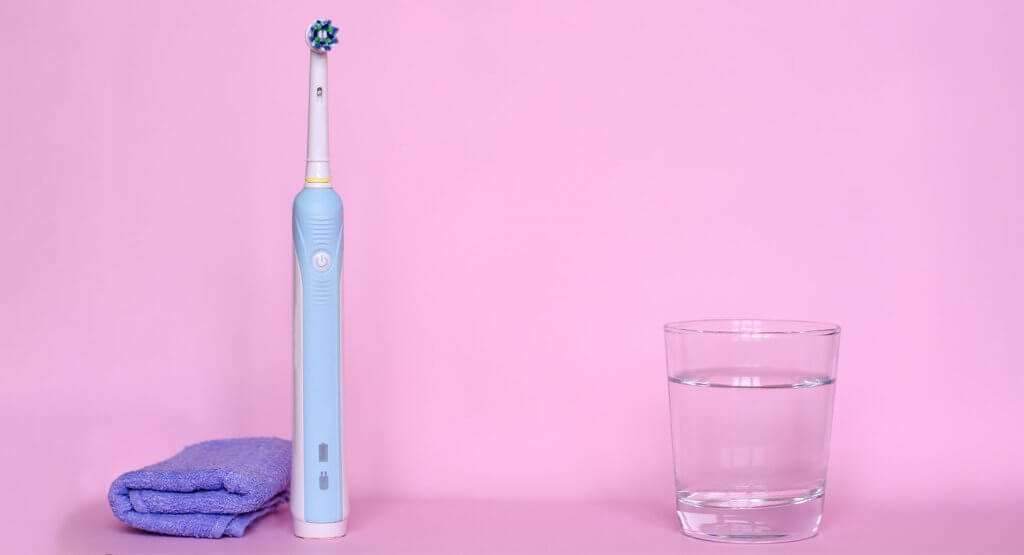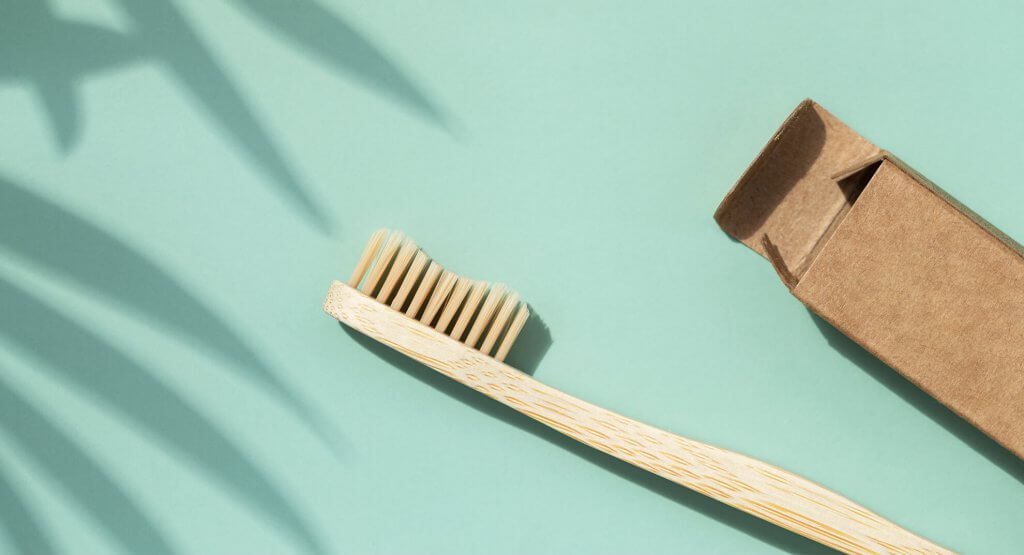Technology is taking over almost everywhere in life, which is good. Why wash by hand when we have washing machines, right? It is just natural that we also have a new way to clean our teeth. In this article we will discuss the pros and cons of both manual and electric toothbrushes.
The need for clean(er) teeth can be traced back to our caveman ancestors. They used to chew on tree barks and branches to have their teeth cleaned, since they lacked the proper equipment. The first toothbrushes appeared in 3500 BC in Mesopotamia, however these were only short branches with carved ends, that allowed cleaning the gaps between the teeth. During the Middle Ages, a new type of brush appeared, which was basically animal fur at the end of a stick. Europeans only used cloth to clean their teeth. The idea of the first real toothbrush came from the mind of a British prisoner in 1770. Short after his release, he made a fortune thanks to the success of his idea. At the beginning of the 20th century, the pig hair got replaced by nylon, and the handle was sculpted from plastic instead of bone. The first electric toothbrush was introduced in 1959, which also changed a lot ever since.

Nowadays we can pick from thousands of options, when buying a toothbrush. However, we recommend doing a little market research beforehand.
The pros of using an electric toothbrush
– The undisputed champion of efficiency. While a session with a manual toothbrush only consists of 600 movements, electric toothbrush do around 3-8,000. The newest sonic versions are capable of reaching a whooping 30-60,000.
– The movement of manual toothbrushes are fairly limited (back-forth-circling). Modern electric toothbrushes have a rotating-pulsing-resonating movement, therefore they clean the teeth much more efficiently. Sonic toothbrushes go even further, and use their extreme speed to generate sound waves that also help the cleaning process.
– Most electric toothbrushes have a built-in timer, to ensure we clean our teeth for the entire duration of the recommended 2 minutes.
– There are “smart-toothbrushes” that have built in motion tracker, so the user can check on their phone whether they really cleaned their teeth or not.
– Built in pressure sensors are not only innovative but also very useful. It is the best way to ensure the safety of our gums and teeth.
– They are easy to use, as they require no muscle strength. This is perfect for people suffering from arthritis.

Why use manual then?
Looking at the list above, one might think that using a manual toothbrush is a subpar solution. This is not entirely true. One of the biggest drawback of electric toothbrushes is their price. One might even find their sound and the vibrating sensation to be annoying. After certain surgical interventions, we also recommend the use of super-soft manuals over electrics. Furthermore, kids should learn the proper way of tooth brushing using manuals only.
It is a common misconception however, that dental implants, bridges, and braces do not go well with electric toothbrushes. Special heads are available for almost every electric toothbrushes to deal with these solutions.
It is entirely up to someones personal preferences to decide between electric and manual. The essential thing is to pick one, and to maintain a proper dental hygiene. If you need any help or more information, do not hesitate to ask your dentist.